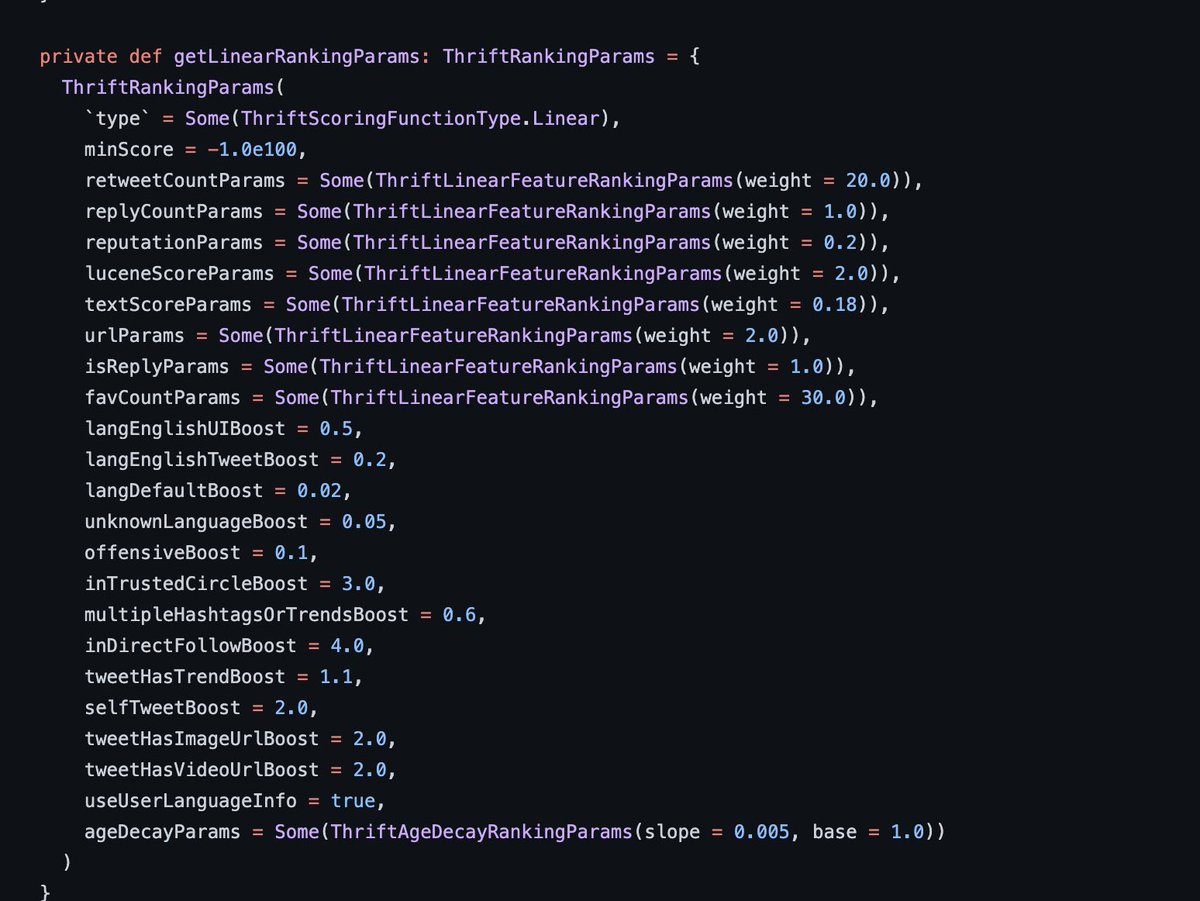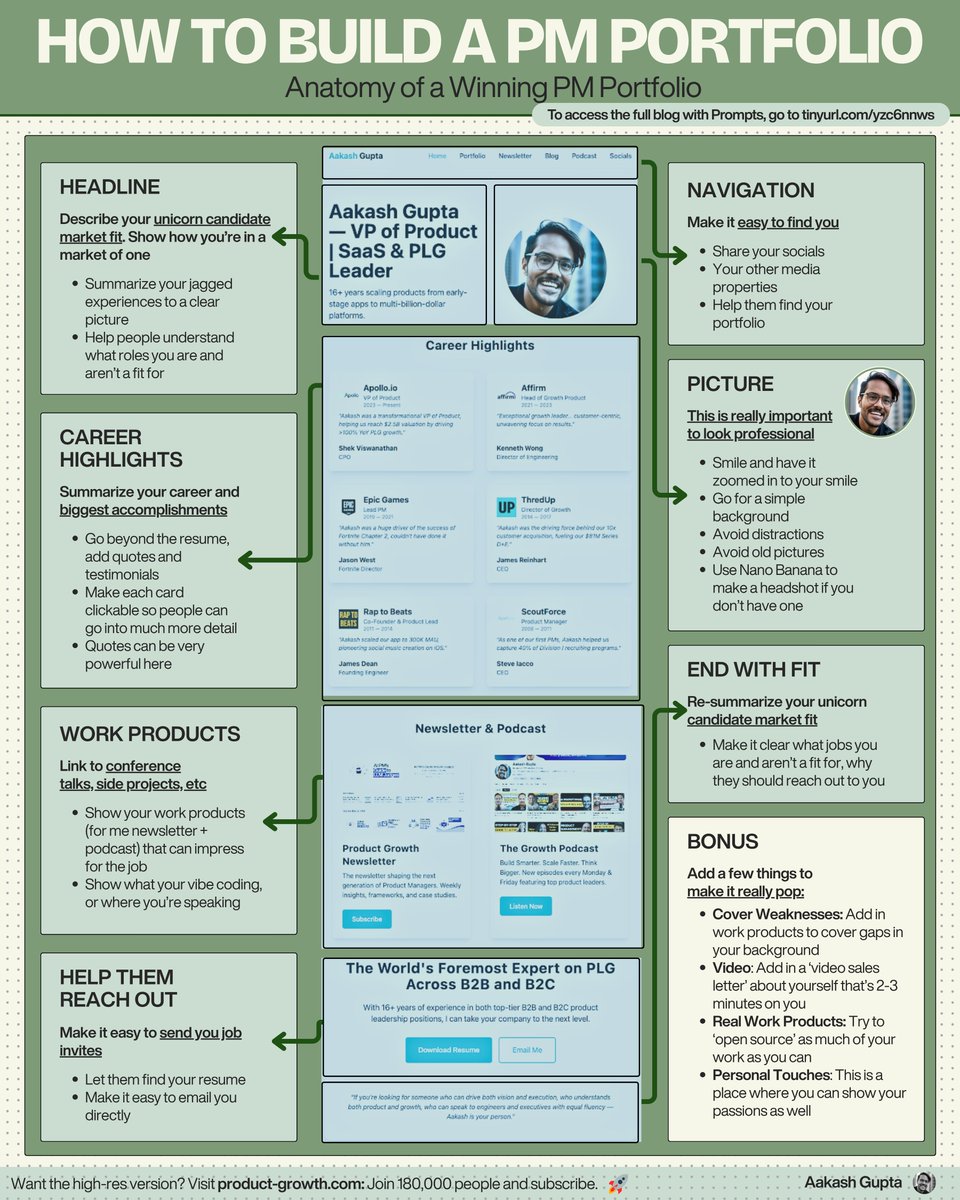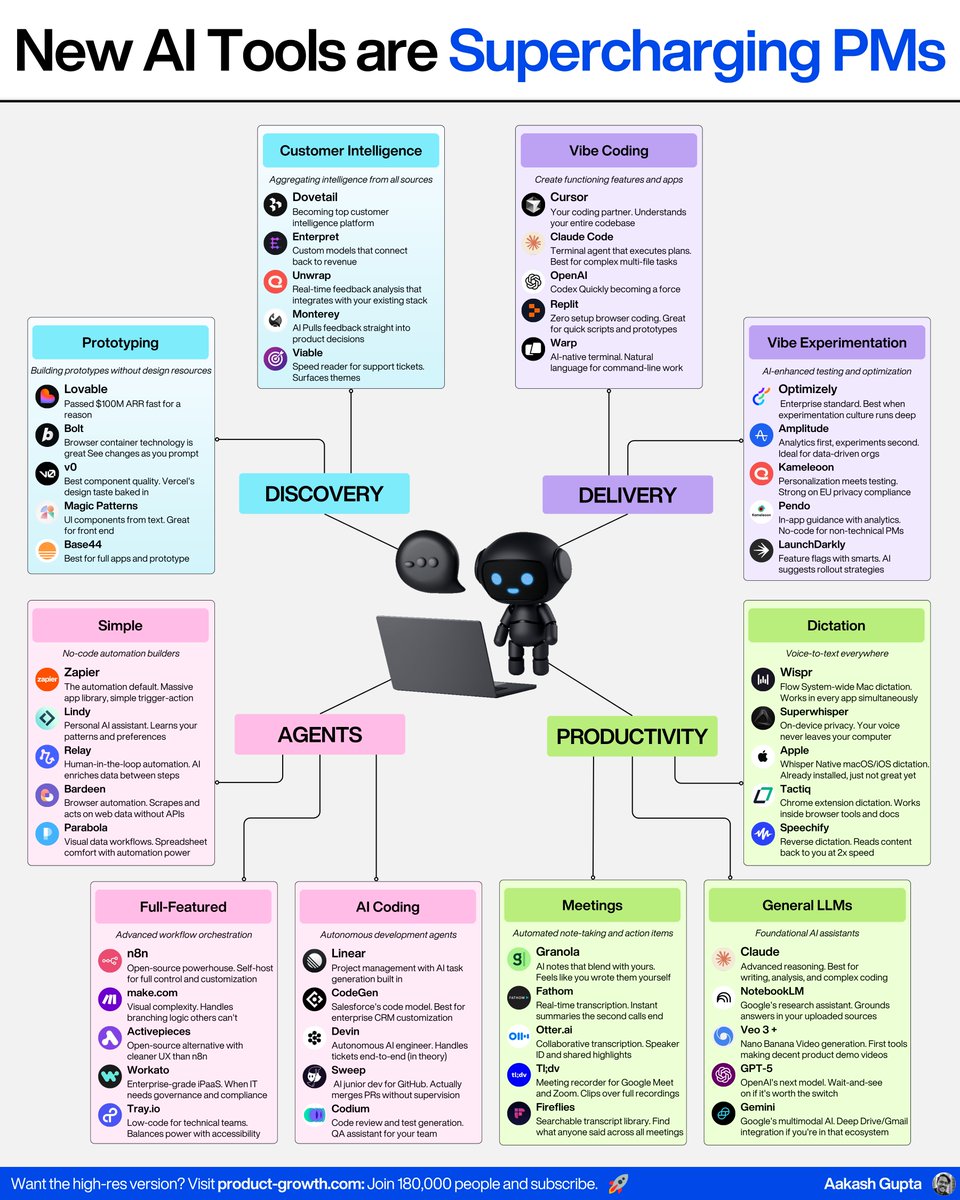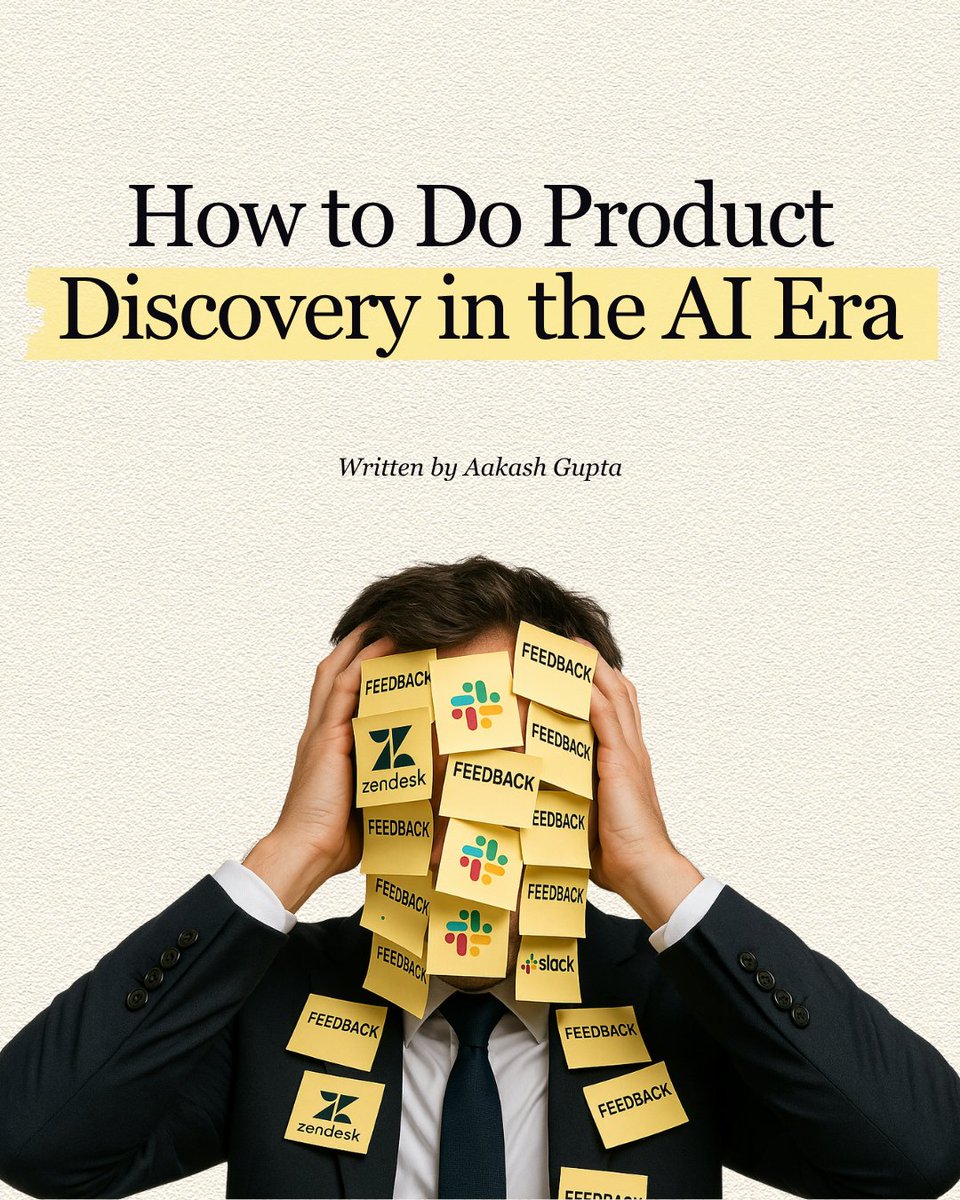Twitter revealed its algorithm to the world.
But what does it mean for you?
I spent the evening analyzing it.
Here’s what you need to know:
But what does it mean for you?
I spent the evening analyzing it.
Here’s what you need to know:
1. Likes, then retweets, then replies
Here’s the ranking parameters:
• Each like gets a 30x boost
• Each retweet a 20x
• Each reply only 1x
It’s much more impactful to earn likes and retweets than replies.
Here’s the ranking parameters:
• Each like gets a 30x boost
• Each retweet a 20x
• Each reply only 1x
It’s much more impactful to earn likes and retweets than replies.

3. Links hurt, unless you have enough engagement
Generally external links get you marked as spam.
Unless you have enough engagement.
Generally external links get you marked as spam.
Unless you have enough engagement.

4. Mutes & unfollows hurt
All of the following hurt your engagement:
• Mutes
• Blocks
• Unfollows
• Spam reports
• Abuse reports
All of the following hurt your engagement:
• Mutes
• Blocks
• Unfollows
• Spam reports
• Abuse reports

6. Misinformation is highly down-ranked
Anything that is categorized as misinformation gets the rug pulled out from under it.
Surprisingly, so are posts about Ukraine.
Anything that is categorized as misinformation gets the rug pulled out from under it.
Surprisingly, so are posts about Ukraine.

7. You are clustered into a group
The algorithm puts you into a grouping of similar profiles.
It uses that to extend tweet reach beyond your followers to similar people.
The algorithm puts you into a grouping of similar profiles.
It uses that to extend tweet reach beyond your followers to similar people.

8. Posting outside your cluster hurts
If you do “out of network” content, it’s not going to do as well.
That’s why hammering home points about your niche works.
If you do “out of network” content, it’s not going to do as well.
That’s why hammering home points about your niche works.

9. Making up words or misspelling hurts
Words that are identified as “unknown language” are given 0.01, which is a huge penalty.
Anything under 1 is bad.
This is really bad.
Words that are identified as “unknown language” are given 0.01, which is a huge penalty.
Anything under 1 is bad.
This is really bad.

10. Followers, engagement & user data are the three data points
If you take away anything, remember this - the models take in 3 inputs:
• Likes, retweets, replies: engagement data
• Mutes, unfollows, spam reports: user data
• Who follows you: the follower graph
If you take away anything, remember this - the models take in 3 inputs:
• Likes, retweets, replies: engagement data
• Mutes, unfollows, spam reports: user data
• Who follows you: the follower graph

If you enjoyed this,
1. I write daily threads to help you grow. You may like to follow: @aakashg0
(But if you’re going to unfollow, go ahead and don’t!)
2. Consider RTing the first tweet so others can benefit:
1. I write daily threads to help you grow. You may like to follow: @aakashg0
(But if you’re going to unfollow, go ahead and don’t!)
2. Consider RTing the first tweet so others can benefit:
https://twitter.com/aakashg0/status/1641976869460275201
As much as it's fun to analyze the Twitter algorithm, it's also fickle.
Most of my content doesn't make it to your feed.
Subscribe to the newsletter to get my best and deepest work: aakashgupta.substack.com
Most of my content doesn't make it to your feed.
Subscribe to the newsletter to get my best and deepest work: aakashgupta.substack.com
How to optimize for the algorithm:
Likes, then retweets, then replies
You are clustered - posting outside it hurts
Links hurt. Mutes & unfollows hurt
Misinformation is down-ranked
Images & videos help
Blue extends reach
Making up words or misspelling hurts
Likes, then retweets, then replies
You are clustered - posting outside it hurts
Links hurt. Mutes & unfollows hurt
Misinformation is down-ranked
Images & videos help
Blue extends reach
Making up words or misspelling hurts
New learning: There’s also something known as “Heavy Ranker”
This heavily weights replies to replies and time spent on Tweet.
This heavily weights replies to replies and time spent on Tweet.
https://twitter.com/steventey/status/1641912142814117894
Additional learning:
Your follower to following ratio matters.
Following way more than follow you hurts.
Use lists.
Your follower to following ratio matters.
Following way more than follow you hurts.
Use lists.

The big open question is: what about bookmarks?
The predominant opinion right now is favcountparams() 30x multiplier's formula is:
Likes + Bookmarks = Favorites Count
It doesn't look to be in the code right now. Part of the problem here is what's on GitHub is incomplete.
The predominant opinion right now is favcountparams() 30x multiplier's formula is:
Likes + Bookmarks = Favorites Count
It doesn't look to be in the code right now. Part of the problem here is what's on GitHub is incomplete.
Do you want to go the layer deeper to understand how all these code snippets and boosts work together?
I have spent the whole weekend going deeper than my Friday evening analysis.
Get the overall framework in today's newsletter: aakashgupta.substack.com/p/the-real-twi…
I have spent the whole weekend going deeper than my Friday evening analysis.
Get the overall framework in today's newsletter: aakashgupta.substack.com/p/the-real-twi…
And here's why Twitter is the best place to get your information.
This thread was featured on the Reddit home page and Yahoo News:
This thread was featured on the Reddit home page and Yahoo News:

Now that the algorithm is public, Elon Musk wants to update it every 24-48 hours.
Here's what he should do:
Here's what he should do:
https://twitter.com/aakashg0/status/1643065680823189504
• • •
Missing some Tweet in this thread? You can try to
force a refresh













